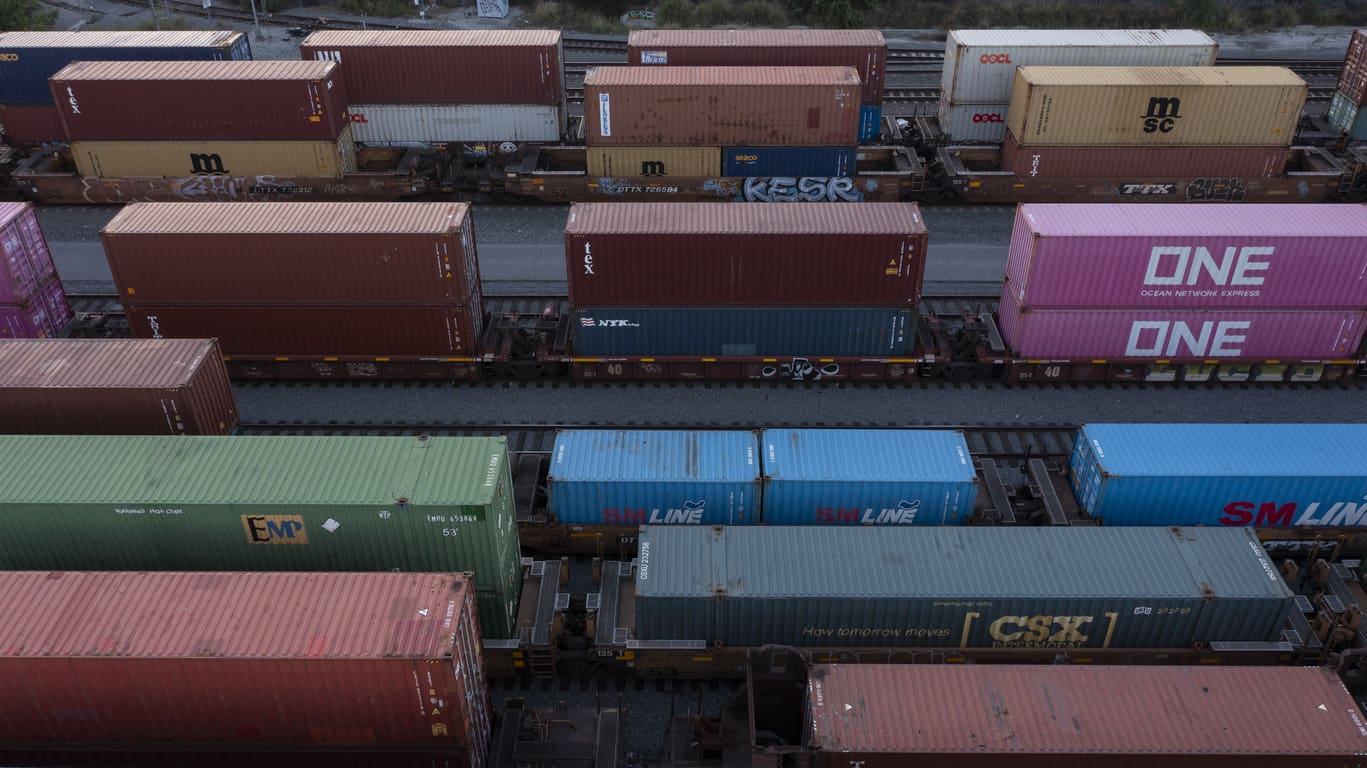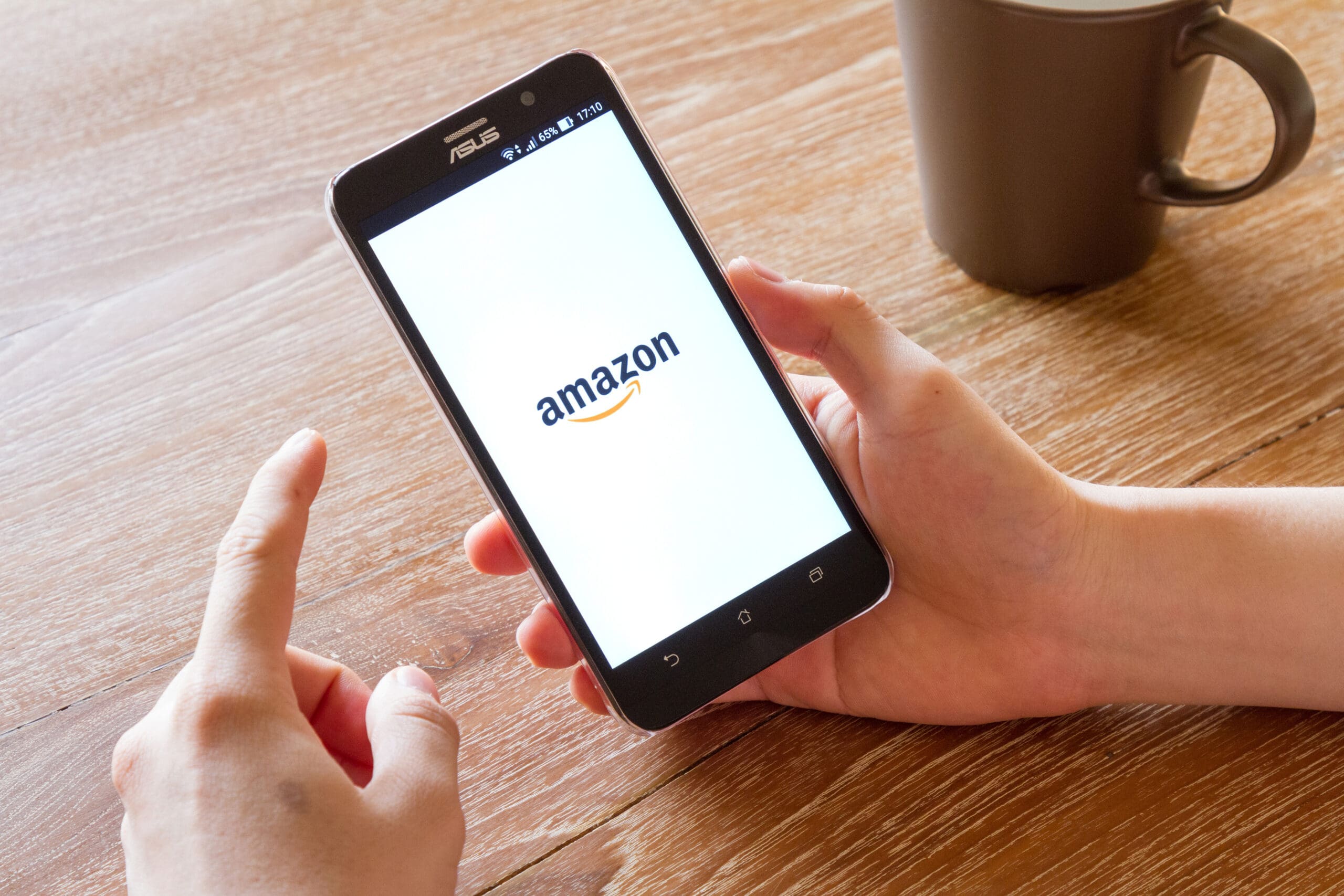Your business is doing really well – orders are coming in about as fast as you can ship them! Revenues look good, and the future looks bright. But you’re exhausted, and so are your employees. Shipping is really wearing you down.
This happens to a lot of eCommerce store owners. It’s really exciting when orders are coming in quickly and shipping out in high volumes. However, rapid growth creates logistical problems that need to be solved. That’s where third-party order fulfillment comes in.
But how do you actually choose an order fulfillment partner? It’s a daunting task, after all. Letting another company handle your inventory and directly impact your customer’s brand experience can be nerve-wracking.
In this article, we provide six steps to choose the right order fulfillment partner for your eCommerce store. That way, orders can go out automatically and you can rest knowing that talented professionals are helping you eliminate grunt work from your life.
1. Determine if you need to outsource order fulfillment.
Outsourcing order fulfillment is a big commitment. It’s not something to be done lightly, and should only be done when there is a good business case for doing so.
In general, outsourcing order fulfillment starts to make sense once you’re shipping more than 100 orders per month. In fact, when orders are really coming in fast, having someone else ship for you can actually save money.
Of course, it’s not as simple as 99 orders per month – do it yourself, 100 orders per month – farm it out. The signs that you need help are a bit subtler and more subjective. A few that come to mind include:
- If your customer base is growing fast with no sign of slowing down.
- You’re unable to ship orders out quickly and accurately.
- You and your team are overworked.
- Your business just generally feels complex.
- Shipping fees are piling up.
- You are out of physical storage space.
Any of the signs above are clear indicators that it’s time to hire some help.
2. Decide how many warehouse locations you need.
Deciding you need an order fulfillment partner in the first place is an important step. The next important step before even making calls is to decide how much help you need.
If your store is barely over that 100 order per month threshold, you will likely want to pick one warehouse for a small, tight, simple operation. There are a few reasons for this. First is that when you send inventory to your fulfillment center, you can ship it in bulk all to one place at a time. Splitting inventory shipments between too many warehouses can become very expensive. Additionally, if something goes wrong with order fulfillment, you know exactly who to call.
If you have lots of orders, you may want multiple warehouses – either multiple within a country or multiple across the world. The key here is that you will want to make sure that anywhere you have a warehouse, you have at least decent order volume going out. It’s a complicated trade-off that you will need to calculate: too few warehouses and shipping can be slow and, when traveling long distances or especially internationally, expensive. Too many warehouses and freight, storage, and other overhead fees will pile up.
After a careful cost-benefit analysis, if you find you need multiple warehouses, there are two ways you can go about it. You can either find a fulfillment partner with multiple locations that work for you, or you can find multiple fulfillment partners with different warehouses. In the latter case, you will likely want to manage all your warehouses and inventory with an inventory management software like NetSuite, ChannelApe, Skubana, or QuickBooks Commerce.
3. Review service offerings.
There is one other consideration you will need to weigh before reaching out to warehouses. You will need to decide what services you need.
There is no shortage of order fulfillment partners that can handle small, lightweight, ecommerce-friendly items. However, if you have items that are hazardous, fragile, perishable, or require refrigeration, you will need to do some additional research. Additionally, if you run a store where you have a high SKU-to-order ratio, you may need a specialized partner as well. (For example, apparel companies with clothes in various sizes and colors often benefit from finding a fulfillment partner that specializes in apparel fulfillment.)
You will also want to consider value-added services as well. Many order fulfillment partners offer kitting and assembly, customization and personalization, and even refurbishment services upon request. If that’s an important part of your business model, make sure you have a partner that can support your needs.
4. Find online reviews and check references.
The next step is to compile a list of order fulfillment centers which can meet your company’s requirements. Don’t focus too much on cost at this point, as most fulfillment companies do not publicly display rates. (The pricing model is hard to communicate simply online, and you’ll see why in the following section).
Once you have a list of company names, perhaps 10 good candidates, look for reviews on neutral third-party websites such as Trustpilot, Google Reviews, or G2. Pay attention to the average score, but also the negative reviews as well. Pay attention to what people say about communication, delays, damage, and surprise costs – these are some of the biggest things that can go wrong in order fulfillment.
When you’ve gone through the publicly available information, it might also be a good idea to email customers whose names you see in case studies and testimonials. You may or may not receive a response, but checking references is a good way to find out the details that just don’t make it into online reviews sometimes.
5. Request quotes.
Once you’ve narrowed down your list to a few good potential order fulfillment partners, it is time to request a quote. This process is quite straightforward.
What is a little less straightforward is how order fulfillment companies handle pricing. Generally speaking, there are four types of fees. There are pick-and-pack fees and postage fees. Both are applied to each individual order, with the former representing labor costs for the warehouse and the latter being based on how heavy a package is, where it’s going, and how fast.
Account fees and storage fees are separate from per-order fees. Account fees vary a lot, but are usually not expensive. Storage fees vary based on how much inventory you are keeping in the warehouse.
Lastly, some value-added services like kitting, assembly, refurbishment, and others are priced separately since those require more manual labor.
When you receive quotes, you will want to forecast your sales volume and potential need for value-added services and use the quotes provided to estimate your all-in cost. You will not necessarily want to choose the cheapest warehouse, but the all-in cost should at least be competitive.
6. Pay extra close attention to red flags.
The quote request process is also your best chance to evaluate the company for yourself. A lot of red flags can come up in the selling process before you sign any agreements, so here is a small list of things to look out for:
- Infrequent or poor–quality communication
- Long-term contracts or complicated rules
- Complicated pricing or nickel and diming
- Low-quality software
- Poor returns process
If you see any of these red flags, it’s best to find another partner. Order fulfillment is complicated, but the right partner should make it feel straightforward between their expert account reps, their easy-to-understand pricing model, and their useful software.
Final Thoughts
Finding an order fulfillment partner for your eCommerce store is a long process. However, doing your due diligence can really pay off in the long run. Nothing can make eCommerce feel effortless quite like having a partner who will handle shipping for you!
Overwhelmed by all the work that goes into setting up an eCommerce store? Check out Fulfillrite’s free eCommerce/Shopify checklist. It lists everything you need to know to get your store up and running.
Need help fulfilling your orders? Click here to request a quote from Fulfillrite.
About the Author
Brandon Rollins is Director of Marketing at Fulfillrite. His main areas of expertise are online marketing and supply chain management. He also writes for Weird Marketing Tales.









